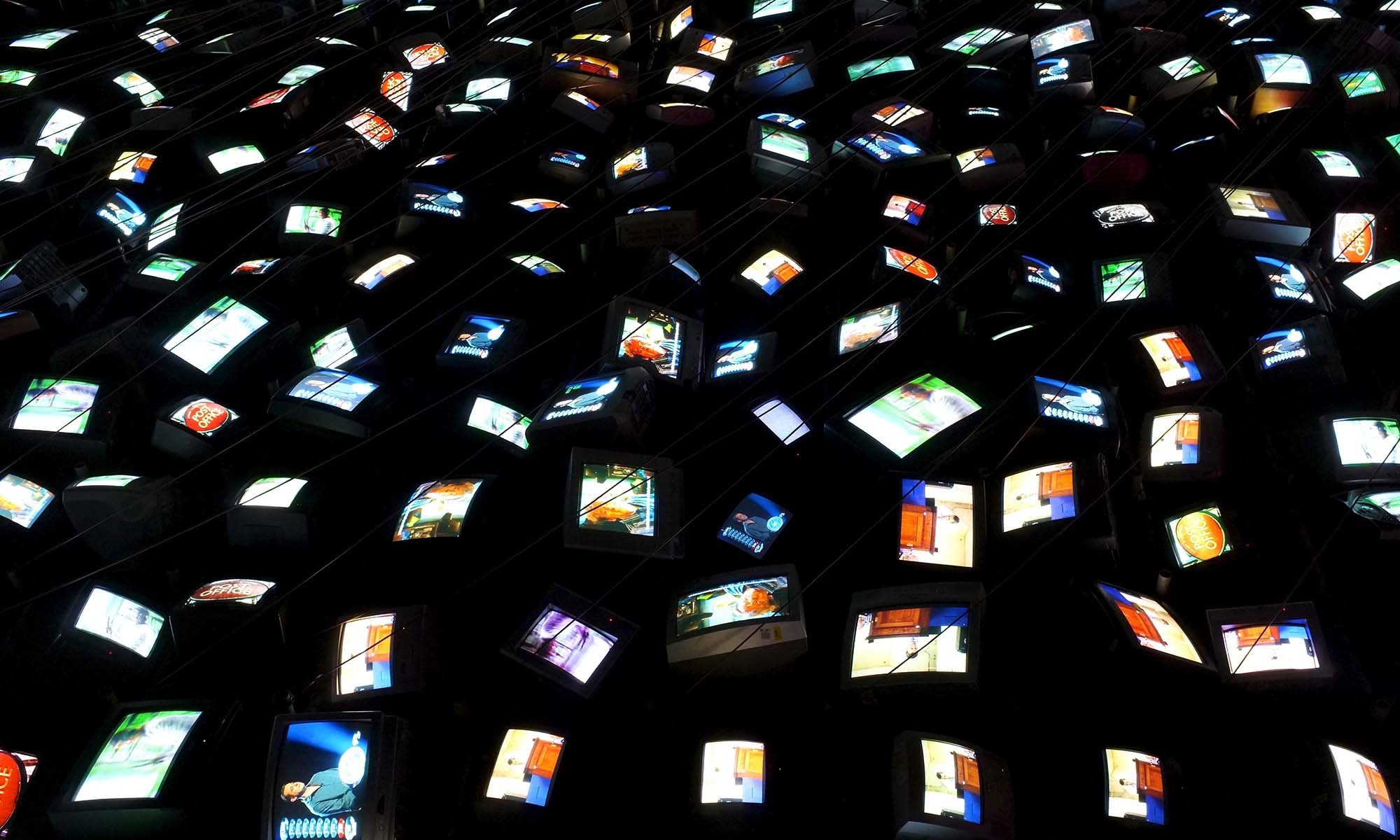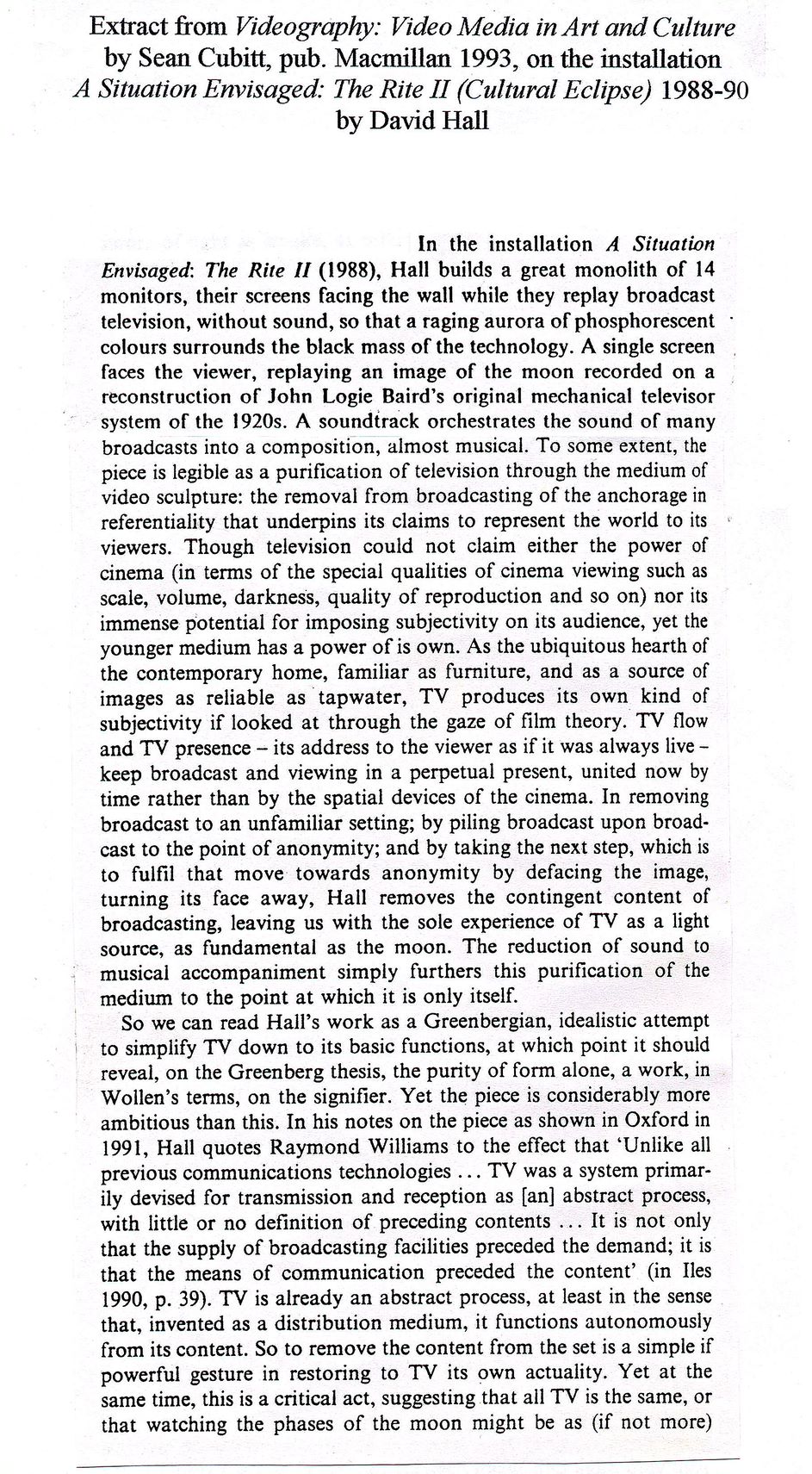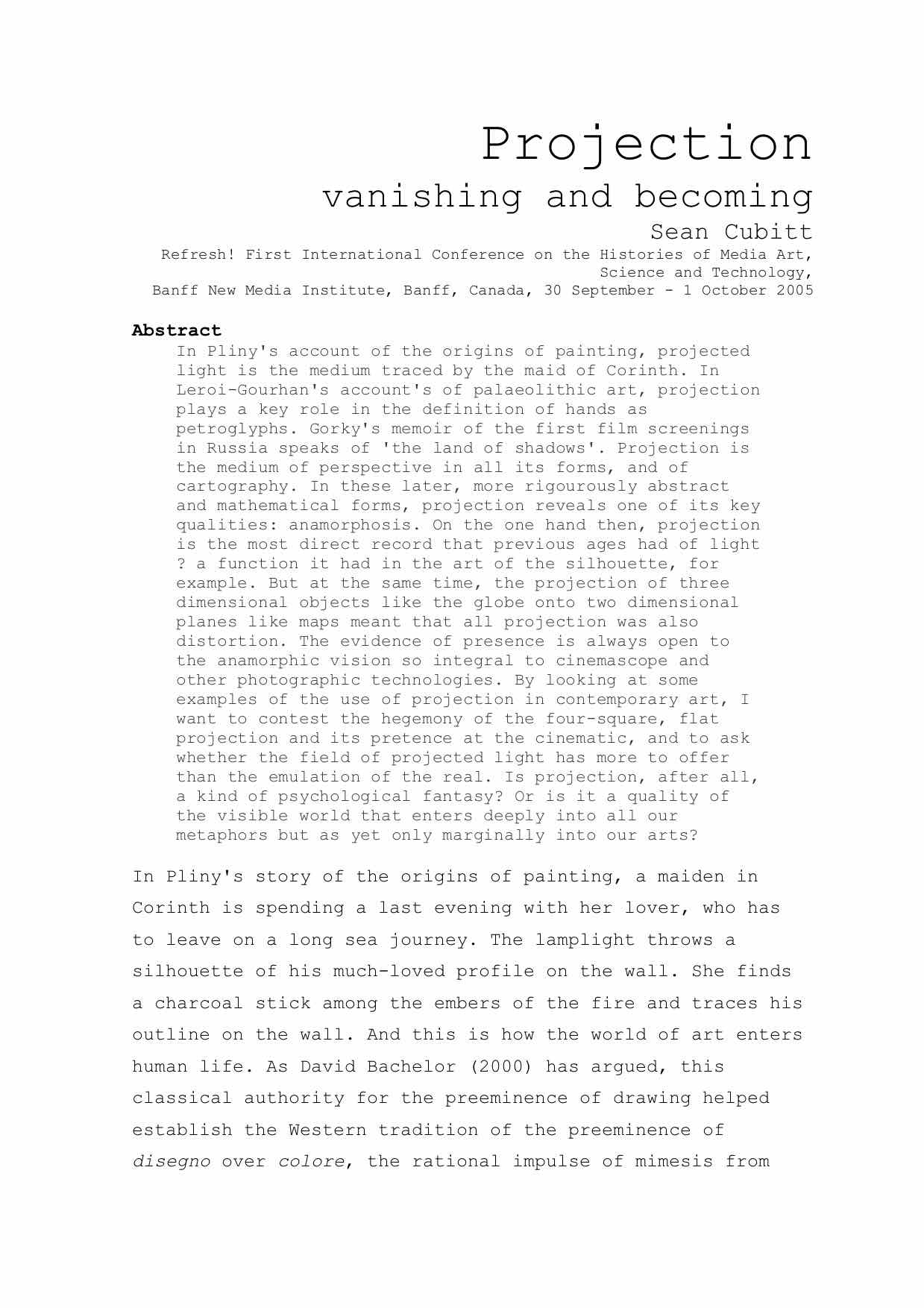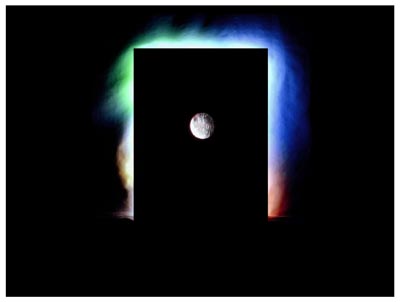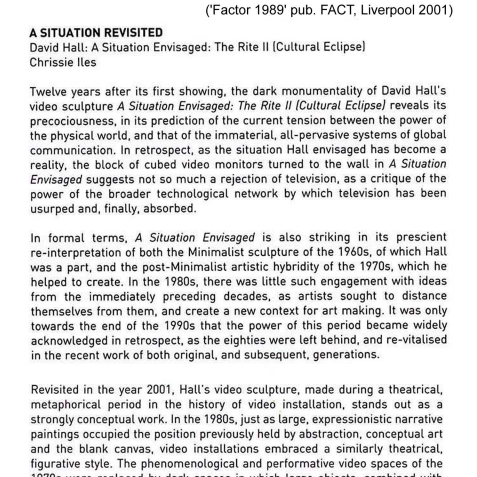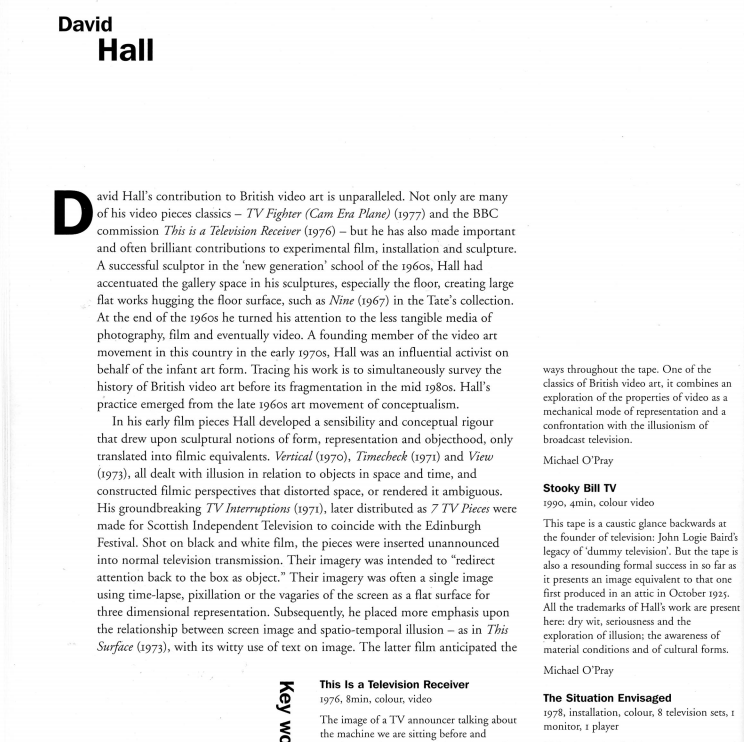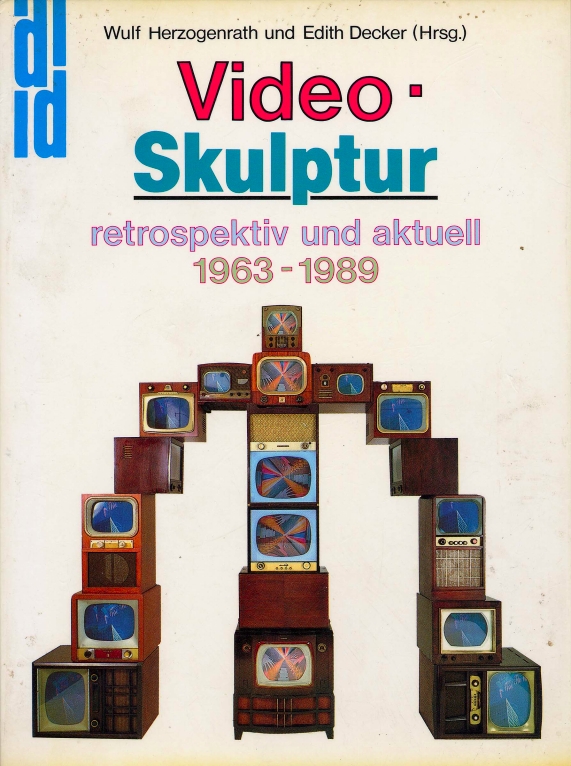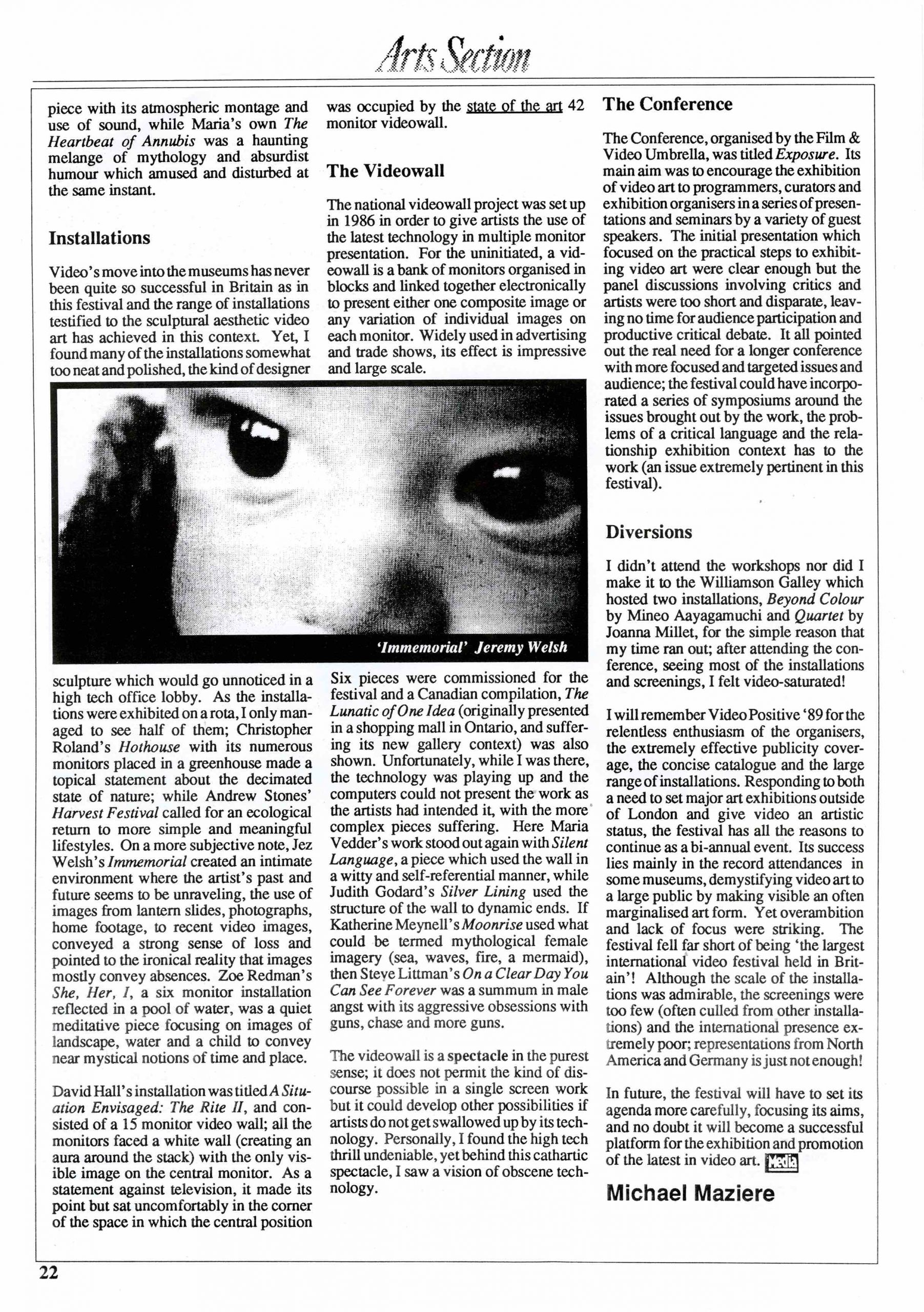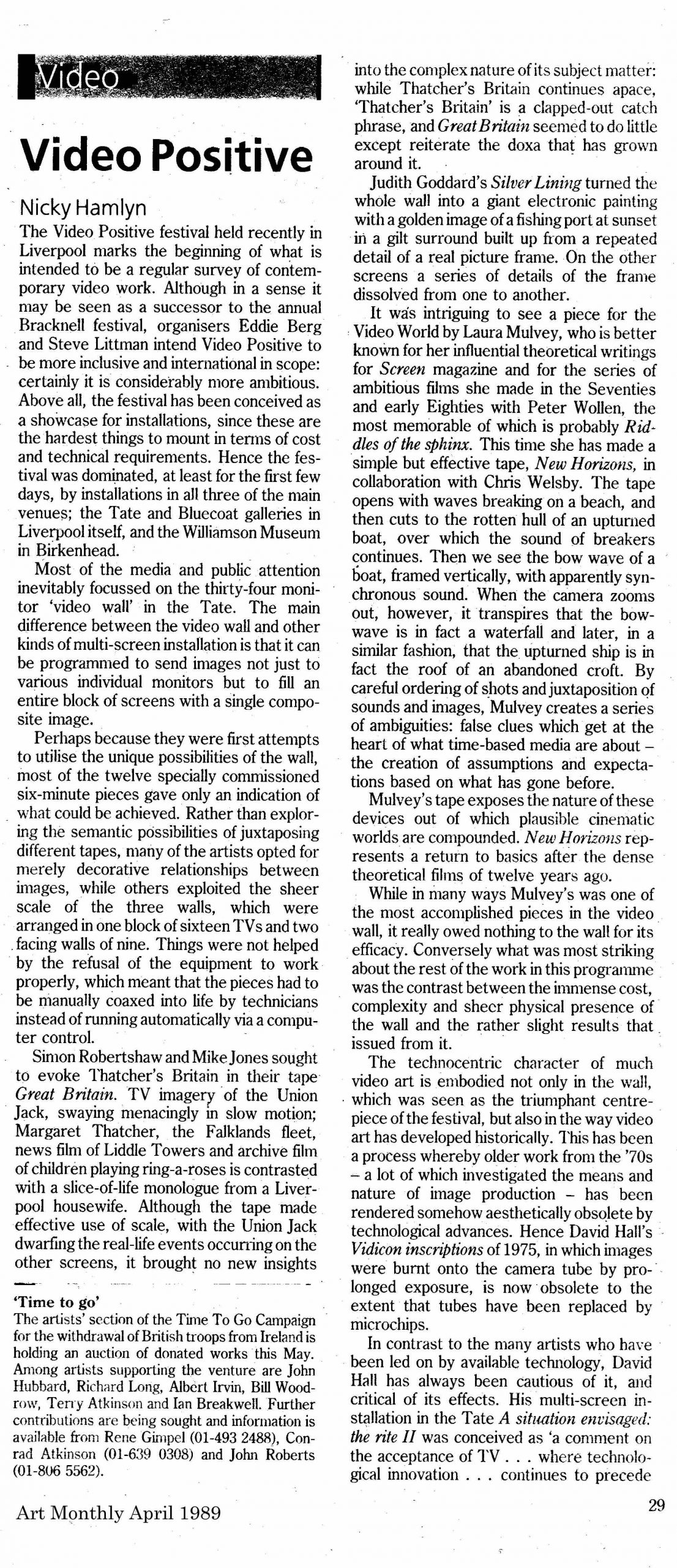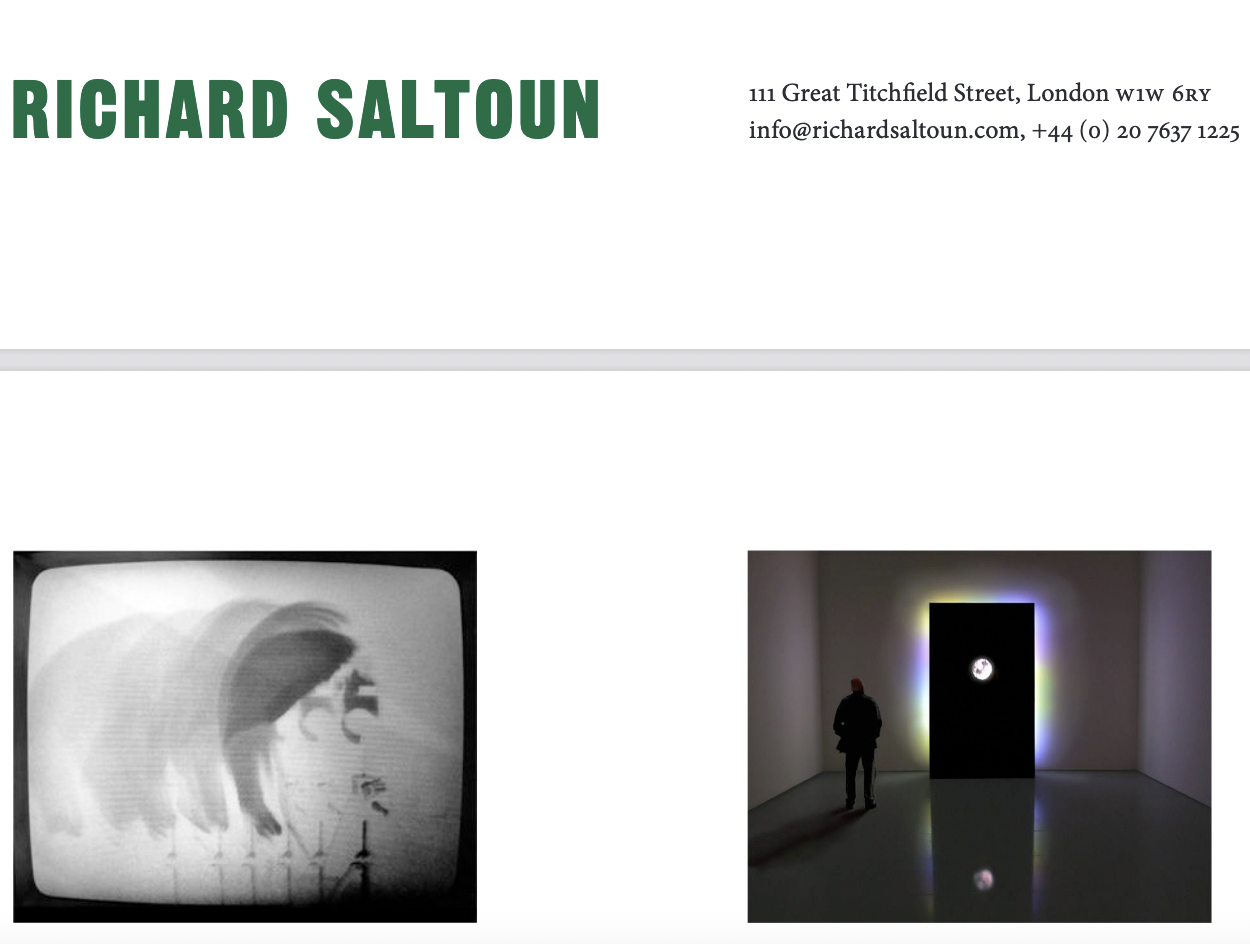A Situation Envisaged: The Rite II (Cultural Eclipse) 1989
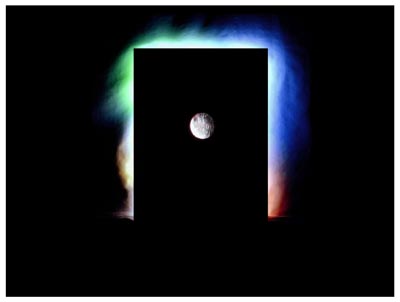
Creator:
Hall, DavidContributor(s):
-
David Cunningham (sound) Assisted by Steve Littman
-
This work is part of the rewind archive.
Year: 1988-90
Original formats:3/4" U-Matic Hi Band
Media types:Video
Type of work:Multi- Monitor Multi channel Video Installation
Funding source: Moviola Liverpool and Museum Modern Art Oxford.
First exhibited: Video Positive '89, Tate Gallery, Liverpool 1989, Signs of the Times exhibition at Modern Art Oxford (1990), David HALL: SITUATIONS ENVISAGED, Richard Saltoun Gallery, 17 July—14 August 2015 London
Technical details: '15 monitors are built as a single block close to a wall. All but one face the wall and are not seen. TV broadcasts reflecting on the wall form an aurora of changing light. In the centre, on the only screen to be seen, is a 30 line image of the moon shot on a 'camera'/scanner identical to that used by J L Baird in the 1920s. The sound (by David Cunningham) is derived from multiple broadcast channels, and composed as a musical score.', DH Requirements: 15 inter-locking 'video wall' monitors, video players with synchronising device, custom-built plinth. 30-line camera'/scanner identical to that used by J L Baird in the 1920s supplied by Fields & Frames productions ltd
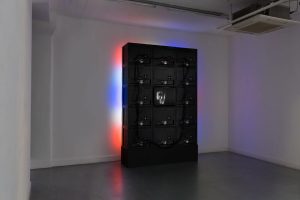
David HALL: SITUATIONS ENVISAGED. Richard Saltoun Gallery,
17 July—14 August 2015 LondonDavid Hall’s installation presents a tower of monitors facing the wall; their TV broadcasts appear eclipsed and their original message transformed into an aura of coloured light and musical score (composed by David Cunningham). One monitor, in the centre, shows a 30-line image like those used in the historical transmissions of John Logie Baird in the 1920s. The piece comments on the iconic and magical nature of electricity and communication technologies.
A Situation Envisaged: The Rite II (Cultural Eclipse) was restaged on the occasion of Signs of the Times exhibition at Modern Art Oxford (1990) and Paris (Centre d’Art Contermporain, La Ferme du Buisson, 1993/94) using similar monitors and analogue video content. For Re: [Video Positive] this content has been digitised and updated, but is presented in classic video-wall monitors. – FACT, Liverpool
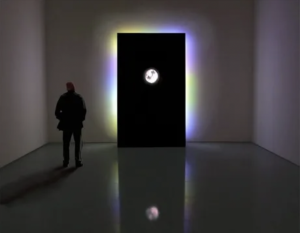
David Hall inspecting the installation at Tate Liverpool 1989 -
Quotes:
‘The installations of David Hall…along with many of his videotapes, have concentrated upon the physical reality of TV as a site of exchange, a creator of illusion, a channel of information, or what Baudrillard terms “a screen of ecstatic refraction.” In several of his [later] installations Hall has presented the. viewer only with the back of the television sets. In these works we are simultaneously denied the pleasure of looking at a TV screen, given another view of television, literally the view we never choose to look at, and reminded of the fact that television conceals as much as, or more than, it reveals…’ – Jeremy Welsh, Video Positive Catalogue, Tate Gallery Liverpool, Moviola, 1991.
‘It is mysterious rather than spectacular; an ominous, authoritarian presence… challenged only by the single picture of the moon panning silently across the sky at the centre of its shadow. Nature emerges from the eclipse of technology to deny its physicality. The “aura”…is here given physical manifestation through a construction of democratic mass media [and it] has another meaning as a psychic identity…By placing the moon, ruler of the irrational and the psychic, in the central position around which the technological aura revolves, not only the authority of broadcast television but also the perception of the physical nature of the sculpture itself is called into question…’ – Chrissie Isles, Signs and Interpretations, Signs of the Times cat., Museum of Modern Art, Oxford, 1990.
‘If meaningless is the quality of TV, not of [this] work, then the work’s reproduction of meaninglessness is itself an act of signification, on e with a genuine referent in the shape of the broadcasts which it replays. Meanwhile, if the monitors don’t provide us with meanings, we will provide them ourselves: the aurora of light. as smoke, as solar eclipse, as the specific palette of the electronic painter; the monitors as the black pillar of Kubrick’s 2001, as a prison in which we keep our images, as the night sky against which the moon shines…’ – Sean Cubitt, Videography: Video Media in Art and Culture, Macmillan, 1993.
David HALL’s legacy as one of the founders of video art in the UK will be recognised in this upcoming exhibition featuring his pioneering work in sculpture, film and video – Richard Saltoun Gallery
